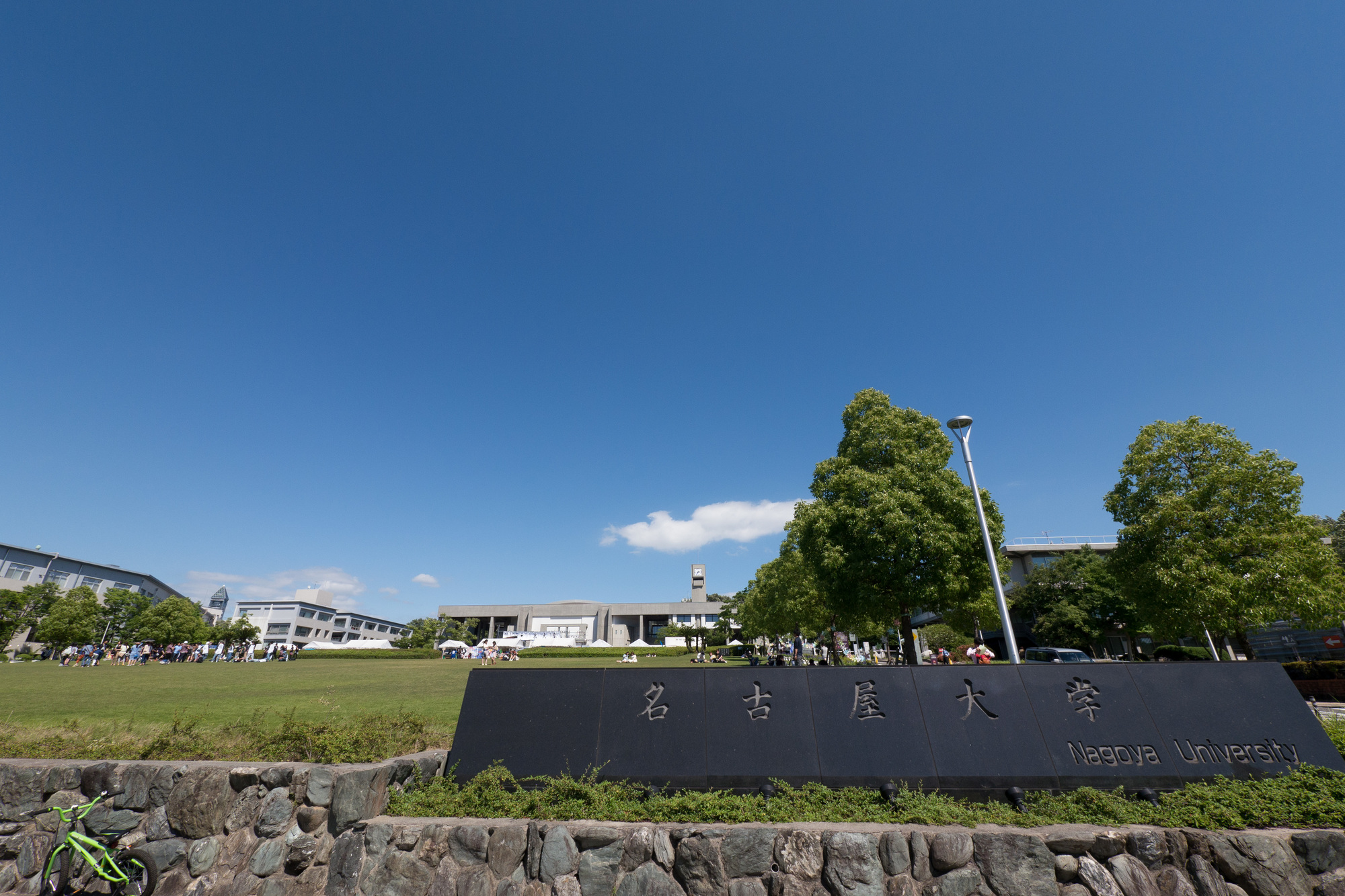Project Associate Professor Yohei Takahashi of Nagoya University and Professor Julian Schroeder of the University of California, San Diego, et al. It was the first time in the world to reveal that it senses change.
Plants carry out photosynthesis by taking in carbon dioxide (CO2) from the atmosphere through stomata on the surface of leaves.At this time, the stomata are opened, which promotes the outflow of moisture into the atmosphere, but in an environment with a high concentration of CO2, the stomata are closed.For this reason, it is believed that plants have a mechanism to detect changes in CO2 concentration and adjust the degree of stomata opening to control the rate of water loss associated with CO2 acquisition. and the sensing mechanism of CO2 concentration change was unknown.
The research group focused on two protein kinases (protein kinases*): MPK4/12, which belongs to the MAP kinase family, and HT3, which belongs to the Raf-like MAP1 kinase family.Analysis using the model plant Arabidopsis thaliana revealed that MPK2/2 binds to HT41 in a high CO2 environment to close stomata and retain water, and in a low CO1 environment dissociates to the downstream protein kinase CBC2. was found to activate the stomata to open the pores and increase the efficiency of CO1 absorption.In other words, stomatal opening and closing was induced by binding and dissociation of the CO2 sensor MPK2/4-HT12 complex depending on the CO1 concentration environment.
The results of this research identified a plant CO2 sensor, which had been unknown for a long time, and elucidated its mechanism of action. It is also expected to serve as a starting point for future new technology development aimed at enhancing the absorption of atmospheric CO2.
*An enzyme that regulates the activity, localization, and interactions of proteins by adding phosphate groups to proteins.
Paper information:[Science Advances] Stomatal CO2/bicarbonate Sensor Consists of Two Interacting Protein Kinases, Raf-like HT1 and non-kinase-activity requiring MPK12/MPK4

